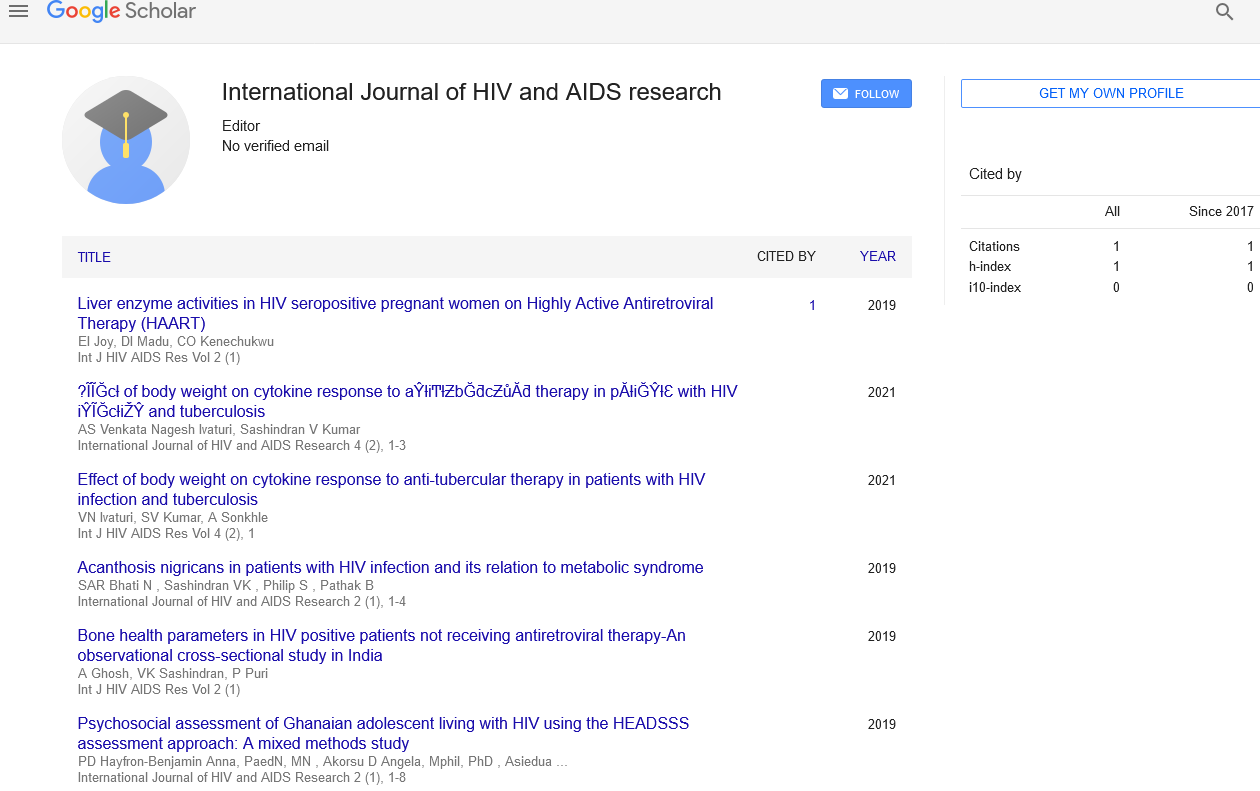
Sign up for email alert when new content gets added: Sign up
Abstract
Metagenomics: Transforming the landscape of bioeconomy
Author(s): Barkha Singhal*Introduction: The advancement in next generation sequencing comprising metagenomic approaches enabled in engendering in-depth insight of diversity of microbes and their genetic framework in diversified habitats and assemblages. Currently, the research studies speculated that 4-6 ×1030 microorganisms inhabiting in the earth and approximately 2.6 × 1029 microbes residing in soil while the marine ecosystem occupancy is around 1.2 ×1029. The current exploration of microbial world in marine sources are .001-0.1%. The approaches of metagenomic comprising “Who are they” (structural metagenomics) and “What are they doing” (functional metagenomics) holds tremendous potential to unleash the novel genes and metabolic pathways for identifying novel biocatalysts and biomolecules and their evolutionary relationship, environmental interactions and biogeochemical cycles. However, the transition from fossil-based economy to biobased economy is still dependent mostly on agricultural resources but currently the generation of overwhelming amount of waste lignocellulosic biomass and other waste streams could provide an important avenue for the development of bioenergy and value-added products that laid the foundations for attaining circular bioeconomy. The increasing energy demand necessitates the targeting of novel enzymes and producer cells from various lignocellulosic biomass that can only be accomplished through metagenomic approaches. The essence of bio economy is bioprocess that is inherently cyclical in terms of their working in closed feedback loops and waste products are utilized as inputs for harnessing other value-added products in an eco-friendly way. However, the current bottlenecks like the supply chain management of feedstock, intensive use of water and scale of operation are pressing barriers for this inevitable transition towards a circular economy. Conclusion & Significance: Thus, metagenomics identification of optimum microbial species and their genes for encoding relevant enzymes have been done followed by metabolic pathway for effective degradation of lignocellulosic biomass holds great potential for paving the way forward for the bioeconomy.




